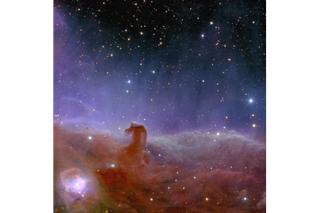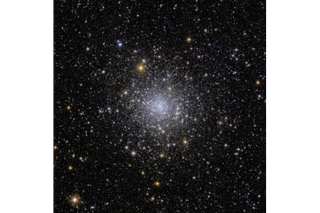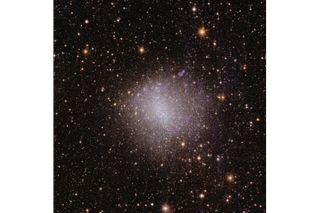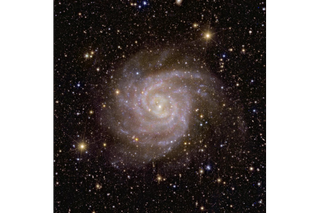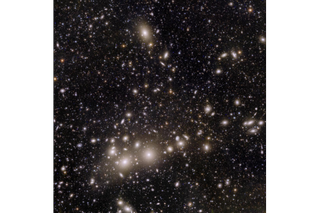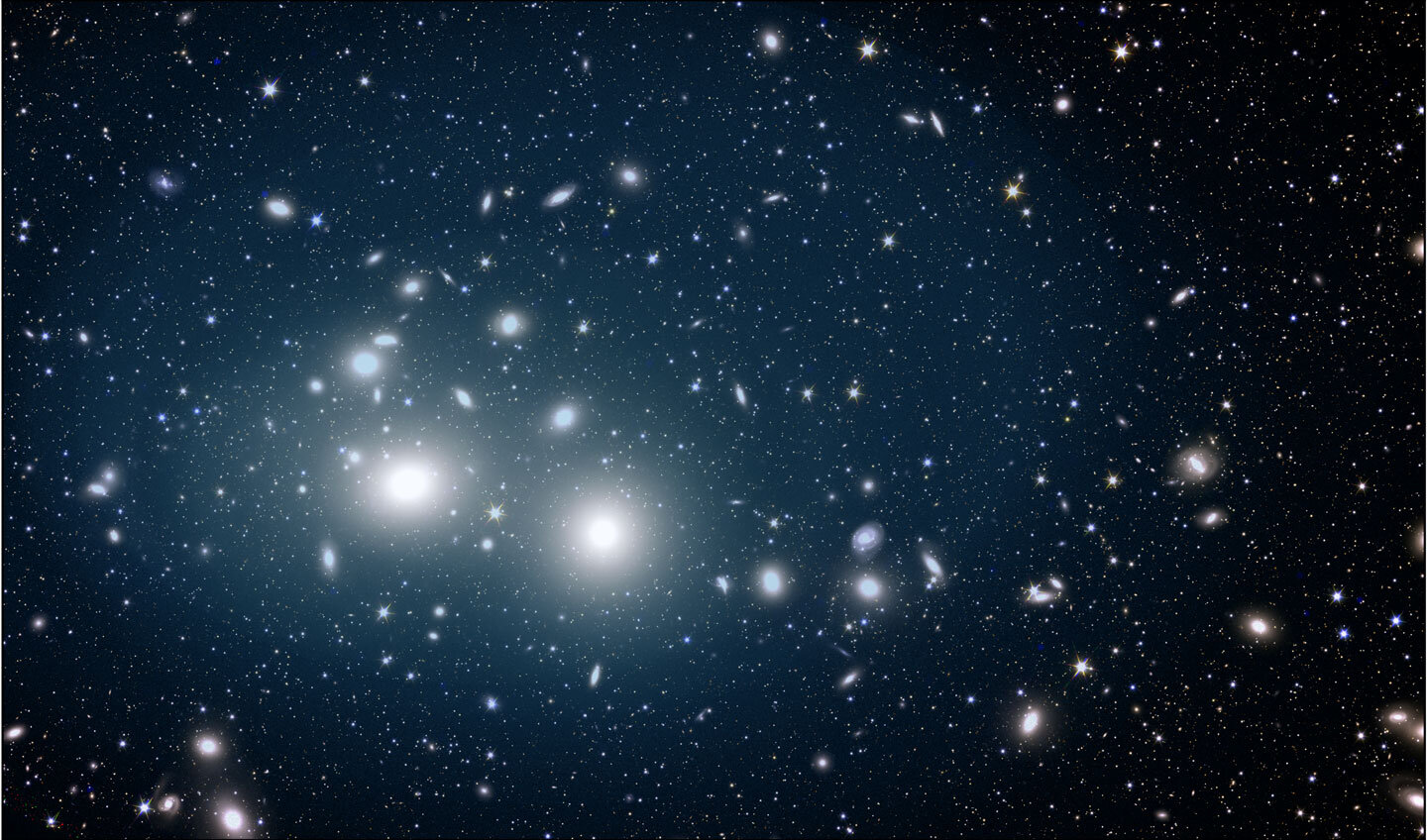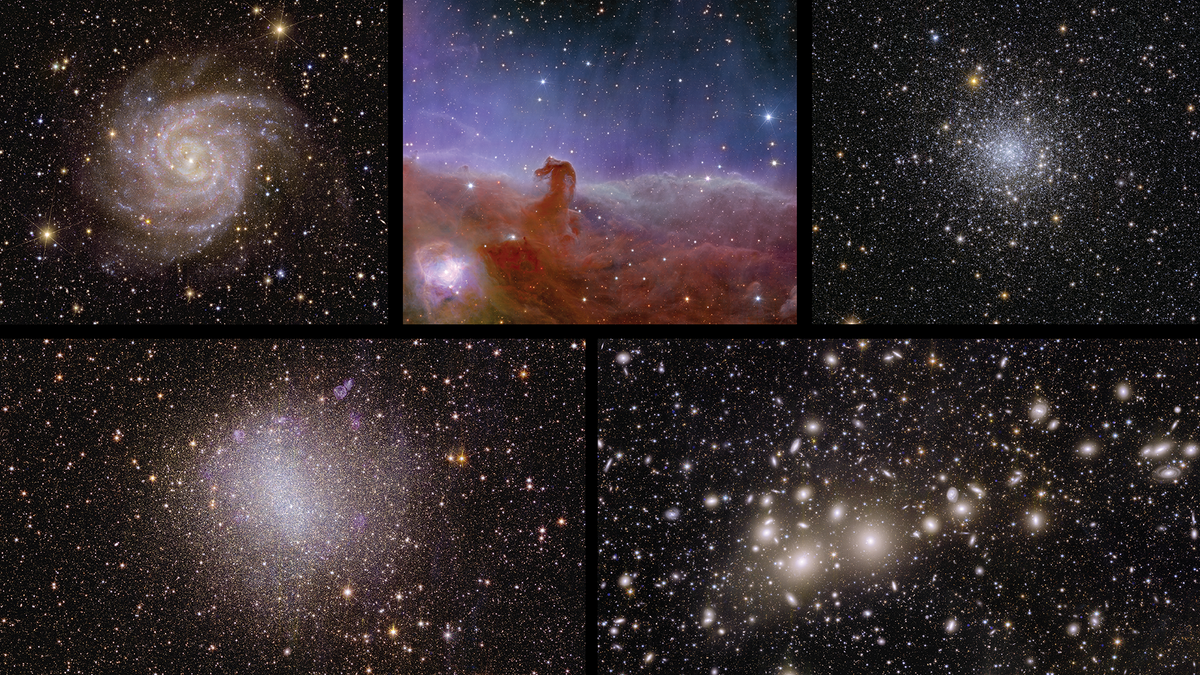
Euclid Telescope Discovers Rogue Planets and New Galaxies in the Milky Way
The European Space Agency's (ESA) Euclid telescope has made significant discoveries in the cosmos, including rogue planets and new galaxies within the Milky Way. The latest findings were announced on May 23, 2024, during a press conference held by ESA.
Rogue Planets: Wandering Giants in Space
Astronomers using the Euclid telescope have identified dozens of rogue planets that are not bound to any star. These planets were discovered deep inside the Orion nebula, a giant cloud of dust and gas located 1,500 light-years away from Earth.
The rogue planets, which are at least four times as big as Jupiter, emit warmth due to their age (about 3 million years old). They were detected using the Euclid spacecraft's wide-angle camera and spectrometer. The discovery of these wandering giants provides valuable insights into the formation and evolution of planets in our galaxy.
New Galaxies: Unraveling the Mysteries of Dark Matter and Dark Energy
The Euclid telescope has also discovered new galaxies, including those located in clusters like Abell 2390. This massive cluster contains around 10 trillion suns worth of mass and is a treasure trove for astronomers studying dark matter and dark energy.
Orphan stars, which are not bound to any galaxy, have been identified between galaxy clusters. Their presence indicates the presence of dark matter, an invisible substance that gravitationally distorts light from background galaxies. Dark matter accounts for approximately 95% of the universe's mass and is almost nothing about it.
Euclid's observations will help scientists better understand these cosmic mysteries and contribute to our knowledge of the universe as a whole.
Additional Discoveries: Dwarf Galaxies, Star Clusters, and More
The Euclid telescope has also discovered a new dwarf galaxy in the young Dorado cluster. This discovery adds to our understanding of galaxy formation and evolution. Additionally, it has captured images of star clusters within the Messier 78 stellar nursery in the Orion constellation, where stars are still in the process of forming.
Euclid's unique capabilities allow it to observe vast areas of space with unprecedented detail and sensitivity. Its data will be crucial for addressing some of the most pressing questions about our universe.
